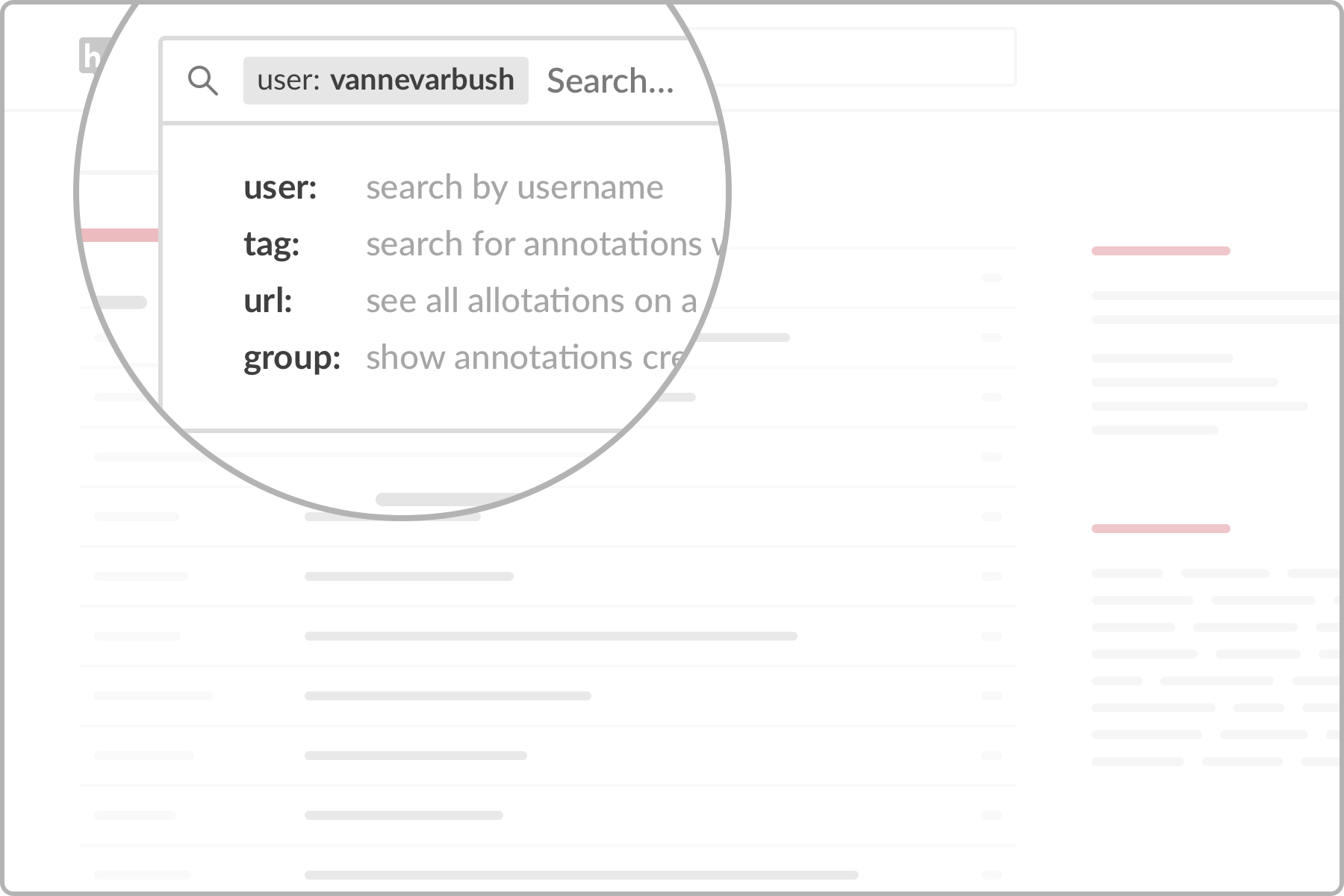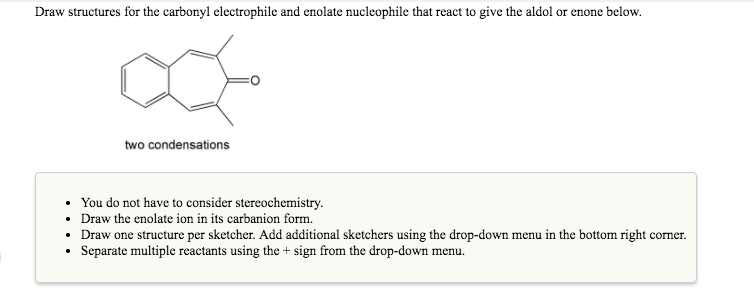

- Draw structures in hivebench how to#
- Draw structures in hivebench update#
- Draw structures in hivebench code#
What if we want to filter out all items which saw a sale of at least 1000. SELECT item, SUM(sales) as sale FROM transaction GROUP BY item

Think of a scenario where we want to calculate total sales by items. Group by statements are used for summarizing data at different levels. SELECT * FROM transaction WHERE sales>100 Group by Statement SELECT * FROM transaction LIMIT 10 Filter Statement

Any transaction database contains a large volume of data which means selecting every row will result in higher processing time. Used along with the Select statement to limit the number of rows a coder wants to view. SELECT DISTINCT id from transaction Limit Statement To get distinct transaction ids from the transaction table: To get all records from the transaction table: Primarily used for viewing records, selecting required field elements, getting distinct values and displaying results from any filter, limit or group by operation. The select statement is used to fetch data from a database table. Writing dataset from a separate table - INSERT OVERWRITE TABLE transaction SELECT id, item, date, volume FROM transaction_updated.LOAD DATA LOCAL INPATH “/documents/datasets/transcation.csv” INTO TABLE transaction.Loading data from an external file - LOAD DATA LOCAL INPATH “” INTO TABLE.
Draw structures in hivebench update#
To add a column - ALTER TABLE transaction ADD COLUMNS (customer_name STRING) ĭML is the short name of Data Manipulation Language which deals with data manipulation and includes most commonly used SQL statements such as SELECT, INSERT, UPDATE, DELETE, etc., It is primarily used to store, modify, retrieve, delete and update data in a database. ALTER TABLE transaction RENAME TO transaction_front_of_stores. Partitioning a table - CREATE TABLE transaction(id INT, item STRING, sales FLOAT) PARTITIONED BY (id INT). Storing a table in a particular location - CREATE TABLE transaction(id INT, item STRING, sales FLOAT) ROW FORMAT DELIMITED FIELDS TERMINATED BY ‘\001’ STORED AS TEXTFILE LOCATION. Creating a table - CREATE TABLE transaction(id INT, item STRING, sales FLOAT). Here are some of the best coding practices for any programming language.ĭDL is the the short name of Data Definition Language, which deals with database schemas and descriptions, of how the data should reside in the database. The transaction table contains attributes id, item, and sales. Draw structures in hivebench how to#
We will be using a table called “transaction” to look at how to query data in Hive.
Log processing - Processing various types of log files like call logs, weblogs, machine logs, etc. transaction history, payment history, customer database, etc. Business queries - Querying larger volumes of historic data to get actionable insights, e.g. Document indexing - Assigning tags to multiple documents for easier recovery. Text mining - Unstructured data with a convenient structure overlaid and analyzed with map-reduce. Plug-in capabilities for the custom mapper, reducer, and UDF. Unstructured data are displayed as data look like tables regardless of the layout. Contains built-in User Defined Functions (UDF) to manipulate dates, strings, and other data-mining tools. ETL functionalities such as Extraction, Transformation, and Loading data into tables coupled with joins, partitions, etc. Draw structures in hivebench code#
Easy to code Uses SQL-like query language called HiveQL. Data modeling such as Creation of databases, tables, etc. Supports different storage types such as plain text, csv, Apache Hbase, and others. The best part of Hive is that the queries are implicitly converted to efficiently chain map-reduce jobs by the Hive engine. Originally developed by Facebook to query their incoming ~20TB of data each day, currently, programmers use it for ad-hoc querying and analysis over large data sets stored in file systems like HDFS (Hadoop Distributed Framework System) without having to know specifics of map-reduce. 
Apache Hive is often referred to as a data warehouse infrastructure built on top of Apache Hadoop.








 0 kommentar(er)
0 kommentar(er)
